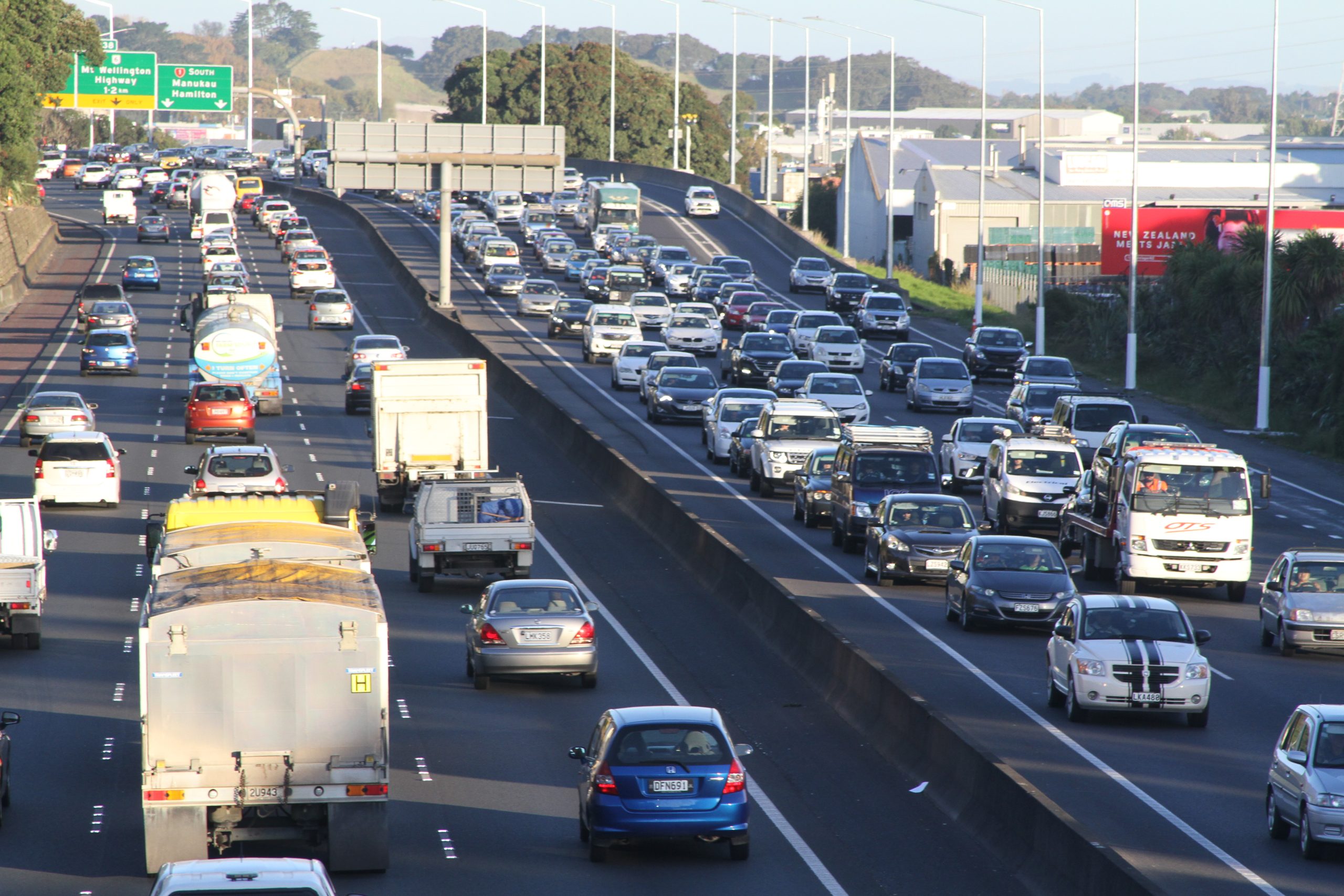Public transit is easy to complain about. Buses run late, trains get delayed, and missing a bus by a millisecond can put a person in a bad mood.
Despite the setbacks and shortcomings, public transit is something for which to be grateful. It generally runs when you need it. It also helps to reduce the environmental burden of getting around and manage living costs: no monthly car payments, no unexpected repair bills, no vehicle registration hassles, no hunting for gas stations or parking spots, no collision insurance.
Making life more affordable, reducing the number of vehicles produced and those on the roads, thereby reducing environmental harm, are all good for the community, for our welfare and the welfare of our neighbours.
In his encyclical “Laudato si’, on Care for Our Common Home,” which marks its 10th anniversary this year, Pope Francis teaches that “authentic development includes efforts to bring about an integral improvement in the quality of human life, and this entails considering the setting in which people live their lives.”
He later writes: “The quality of life in cities has much to do with systems of transport, which are often a source of much suffering for those who use them.
“Many cars, used by one or more people, circulate in cities, causing traffic congestion, raising the level of pollution, and consuming enormous quantities of non-renewable energy. This makes it necessary to build more roads and parking areas which spoil the urban landscape,” he continues.
“Many specialists agree on the need to give priority to public transportation. Yet some measures needed will not prove easily acceptable to society unless substantial improvements are made in the systems themselves, which in many cities force people to put up with undignified conditions due to crowding, inconvenience, infrequent service and lack of safety.”
How often do we pray in thanksgiving for the gift of public transportation in our cities? Or for bus and train operators, and the many people who keep our transit systems moving? Pope John XXIII did in his 1959 Address to the Transit Workers of Rome.
“In the unfailing difficulties of life, sometimes in bitterness, think that you have a very beautiful and necessary task, which everyone knows how to appreciate in its proper value, because it is part of the larger activity of the whole of society,” he said.
Modern public transportation can be traced back to French Catholic mathematician and philosopher Blaise Pascal and the system he developed in Paris in 1662, “Les carrosses à cinque sols” (five-cent coaches). According to John Batt, in an article for Urban Mobility Forum Magazine, “Blaise Pascal and ‘Les carrosses à cinq sols’ transported up to eight passengers per vehicle, and even included a circular route on the ring road and distance-based fares.”
“Pascal was integral to laying the foundation for the Theory of Probability, which plays a critical role in optimizing problems when faced with uncertainty,” Batt continues. “The uncertainty in planning designated routes in a transit system comes from problem inputs that will only be revealed dynamically, like the number and location of ride requests, vehicle travel times, driver and passenger behaviours, etc.”
Since Pascal’s time, public transit has evolved into the multitude of systems worldwide that we know today.
In spite of the negative experiences too often associated with transit usage, there are unsung success stories across Canada.
Edmonton Transit Service fully recovered its pre-pandemic ridership last year and has grown 14% since, by approving a high-frequency bus corridor, a new train line, and 120,000 more service hours with a focus on off-peak service.
Calgary Transit hit record ridership levels in 2024 because it funded its off-peak service that made people feel safer using the system. More than 101 million trips on the city’s transit network were taken in 2024, and plans for expansion have been announced for 2026.
Brampton Transit has invested for more than a decade in its bus fleet, and its ridership is currently 30% above pre-pandemic usage. Service has been expanded to new subdivisions while traffic signal priority and express routes have made commutes faster and more reliable.
Despite funding shortfalls, TransLink’s ridership in Vancouver has nearly recovered its pre-pandemic levels of patronage. New express routes, more paratransit service, and a bevy of new dedicated bus lanes gave riders something worth coming back to once the pandemic ended. TransLink plans to double its service in the next decade.
The Toronto Transit Commission’s slower recovery of its ridership post-pandemic was attributed to a previous lack of investment by city officials in public transit. However, by 2024, roughly 87% of pre-pandemic levels had been regained, thanks in part to financing off-peak service. In Mayor Olivia Chow’s “new deal” with the province, hundreds of millions of dollars were secured for transit operations and a new subway.
There are several cities in Canada that are making public transit work. While there’s always room for improvement, the gaps in some transit systems should not lead citizens to dismiss it altogether.
Learning about the public transit system in one’s local community is a good first step to dispel poor perceptions. If you’re not a public transit user, speak to someone who is. Challenge yourself to ride on public transit for a week. Take a trip up and down one route. Use that time to pray and reflect, even perhaps on how you can help your town improve public transit for all.
Marie Victoria Nigro is a parishioner at Queen of the Most Holy Rosary in Ottawa, a transit user, and a member of Free Transit Ottawa, which advocates for better service in the nation’s capital.




